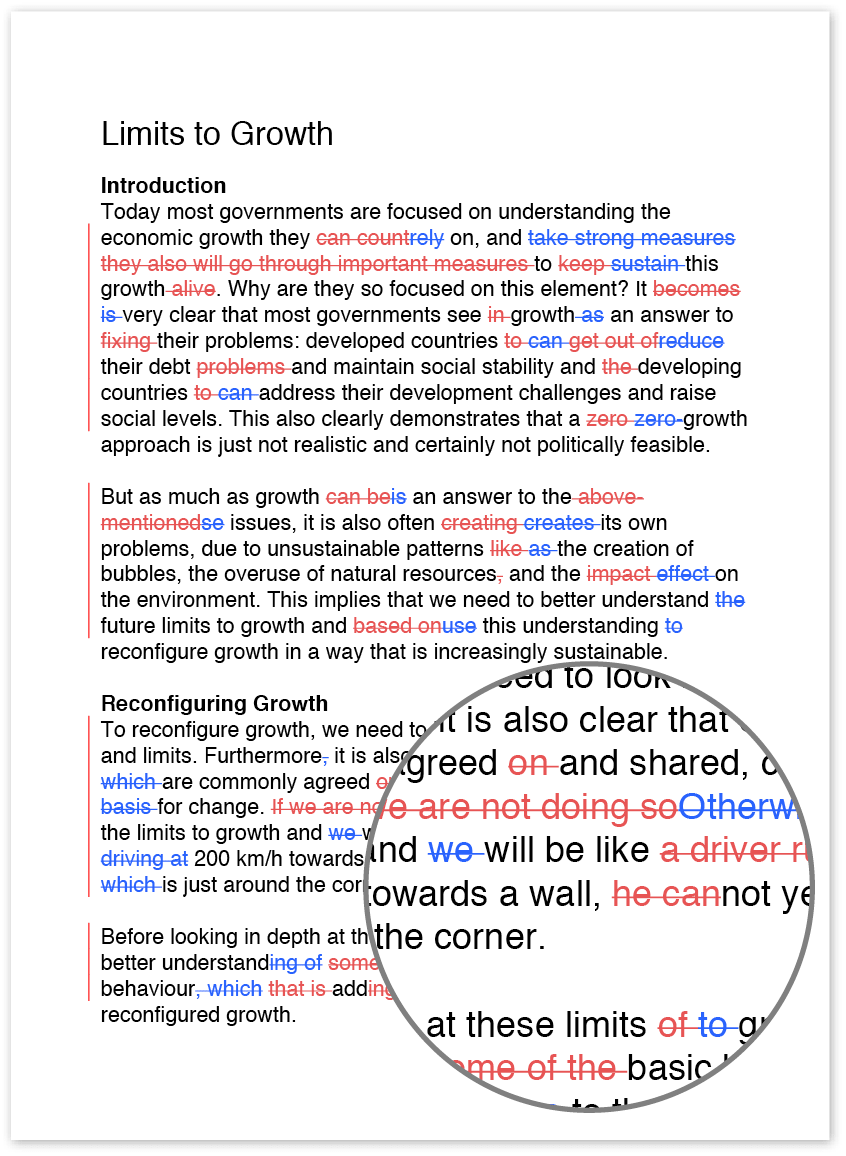Writing a letter
Writing a personal letter to a friend, family member, or other acquaintance uses some of the same guidelines as those used for business letters. However, a personal letter need not be as formal as a business letter. Follow the tips below to create a well-written letter to communicate your thoughts.
First, you should determine the purpose of your letter. Are you writing to invite someone to an event, to send an apology, or simply to let the reader know what you’ve been up to? Have an idea in mind of what you want to say before you begin writing.
Start writing!
Once you know what you want to say, you can start writing! Remember that like business letters, personal letters generally follow a set format.
At the top of the page, put your return address, with the street number and street name on one line and your city, state, and ZIP code on the next line. Then, skip one line and add the date you’re sending your letter. After the date, skip another line before the salutation.
The salutation in a personal letter can be any greeting, such as “Hi Aunt Sally!” or “Dear Dr. Jones.” Remember that your salutation should end with a comma and not a colon or a period. If you have a close relationship with the recipient, you can use an exclamation point to show excitement.
After the salutation, skip another line and then begin the body of your letter. Unlike a business letter, the language in a personal letter doesn’t have to be formal. Depending on the purpose of the letter and who you are writing to, you can use slang, contractions, or jokes.
Remember though that you should tailor your writing style to the recipient—a letter to your grandmother will read very differently than a letter to your best friend! Insert a blank line between paragraphs to help make it easier for the recipient to read the text.
Following the body of the letter, skip two lines and then include a complimentary closing on the next line. A complimentary closing includes phrases such as “Sincerely,” “Best wishes,” or “Love.” The closing should always end with a comma. Again, remember to tailor your closing to the recipient. If you’re writing to let someone know you’re unhappy with them, you probably don’t want to close with “Best wishes.”
After your closing, skip three or four lines if you’re going to sign the letter by hand or one or two lines if you’re not, then type your name. Of course, if you’re writing the letter by hand, you don’t need to sign the letter and type your name; the signature will suffice.
Remember to check your letter for spelling, grammar, and punctuation mistakes. Even though you’re writing an informal letter, correct language usage is important!

